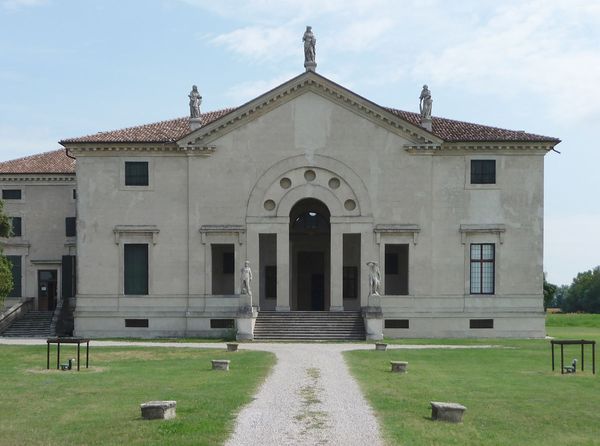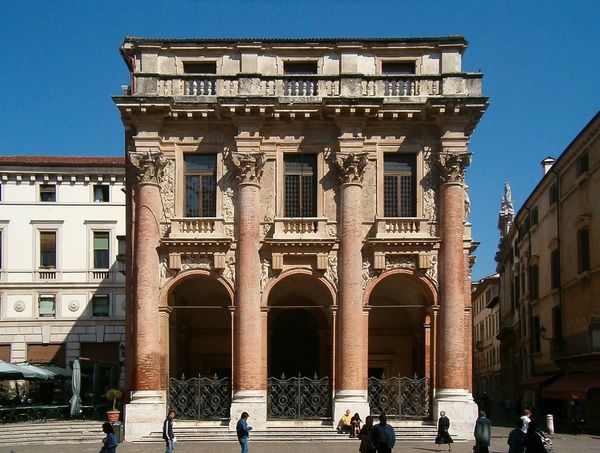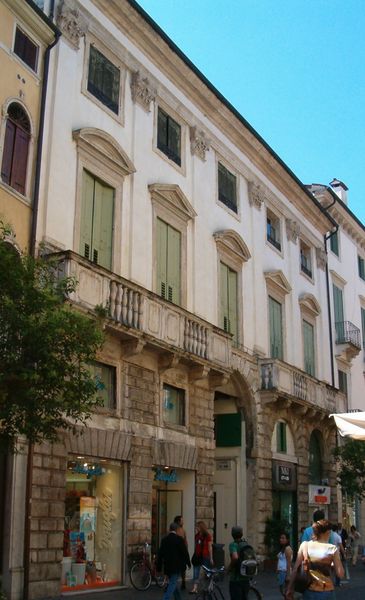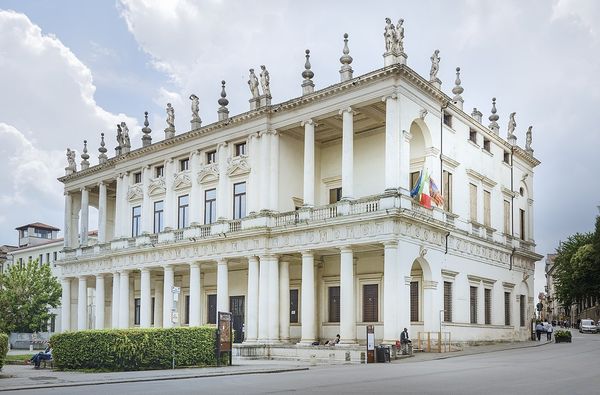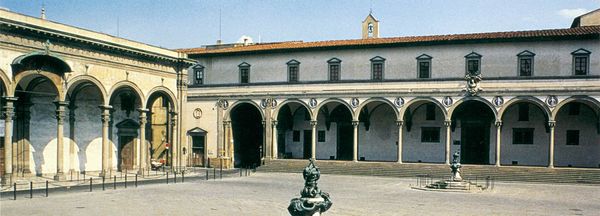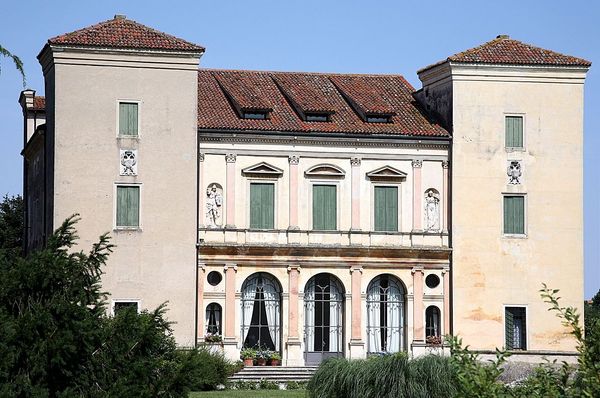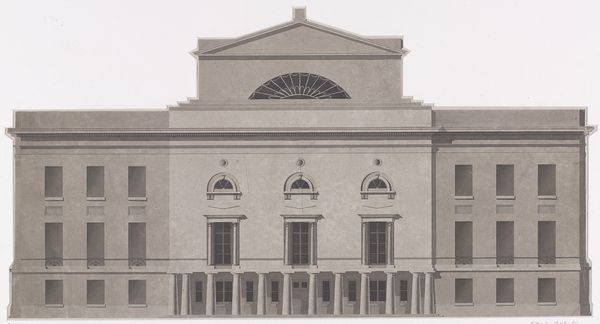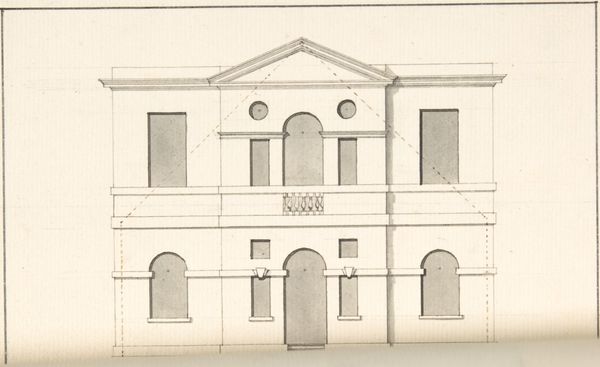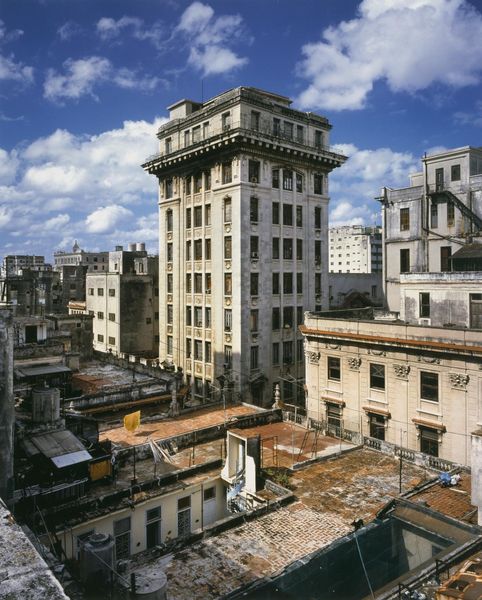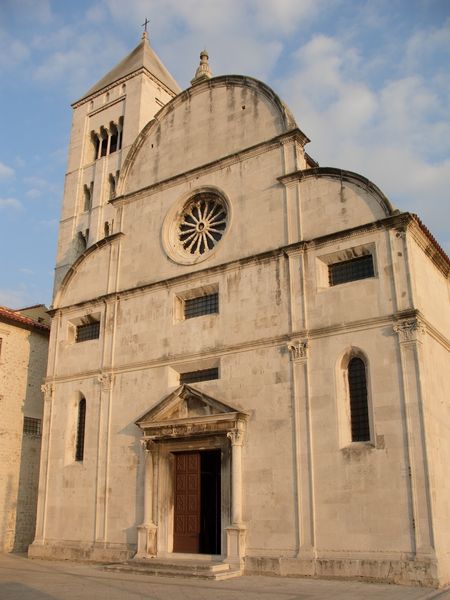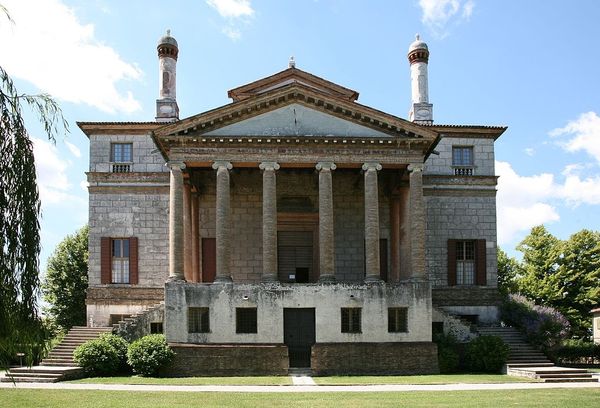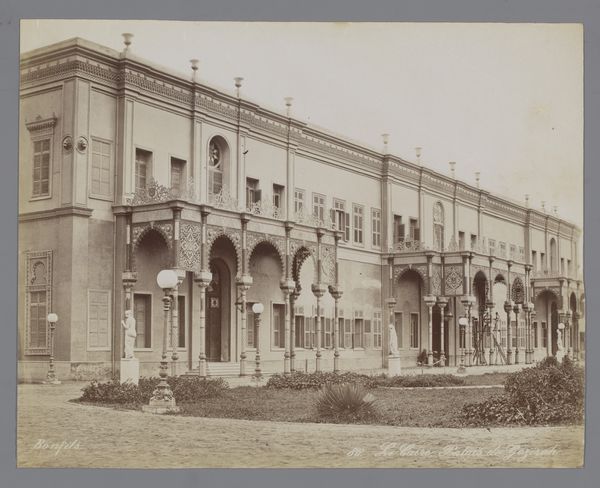
architecture
#
landscape
#
classicism
#
cityscape
#
italian-renaissance
#
architecture
#
building
Copyright: Public domain
Editor: We're looking at Palazzo Pretorio in Cividale del Friuli, built around 1565. The architect was Andrea Palladio. I am struck by how solid and grounded it appears, and the way the arches create this inviting public space. What do you see in this building? Curator: I see a potent statement of power and civic order, meticulously constructed during a period of immense social change and political consolidation. Look closely at the symmetry and proportion. How do those classical elements contribute to a sense of authority? Editor: They definitely create a sense of balance, maybe even timelessness? I see what you mean. Curator: Absolutely. Palladio consciously draws from the architecture of ancient Rome, connecting the ruling class with historical empires. But consider *who* this power serves. Whose voices are amplified in this space, and whose are silenced? Look at the facade—what does the regularity suggest to you? Editor: It seems impenetrable, almost. I hadn't thought about it that way before. Curator: Buildings like this reinforced social hierarchies and solidified control. Examining Palladio's work through that lens prompts vital discussions around access, privilege, and the narratives embedded in architecture. It can be seen as perpetuating class divisions. Editor: So it’s not just a beautiful building but a symbol of the social dynamics of its time. That’s fascinating, I will never look at it the same way again. Curator: Exactly! Architecture, like all art, exists within a complex web of power relations, offering insights into past injustices. Understanding these power structures help us build a more equitable future.
Comments
No comments
Be the first to comment and join the conversation on the ultimate creative platform.
